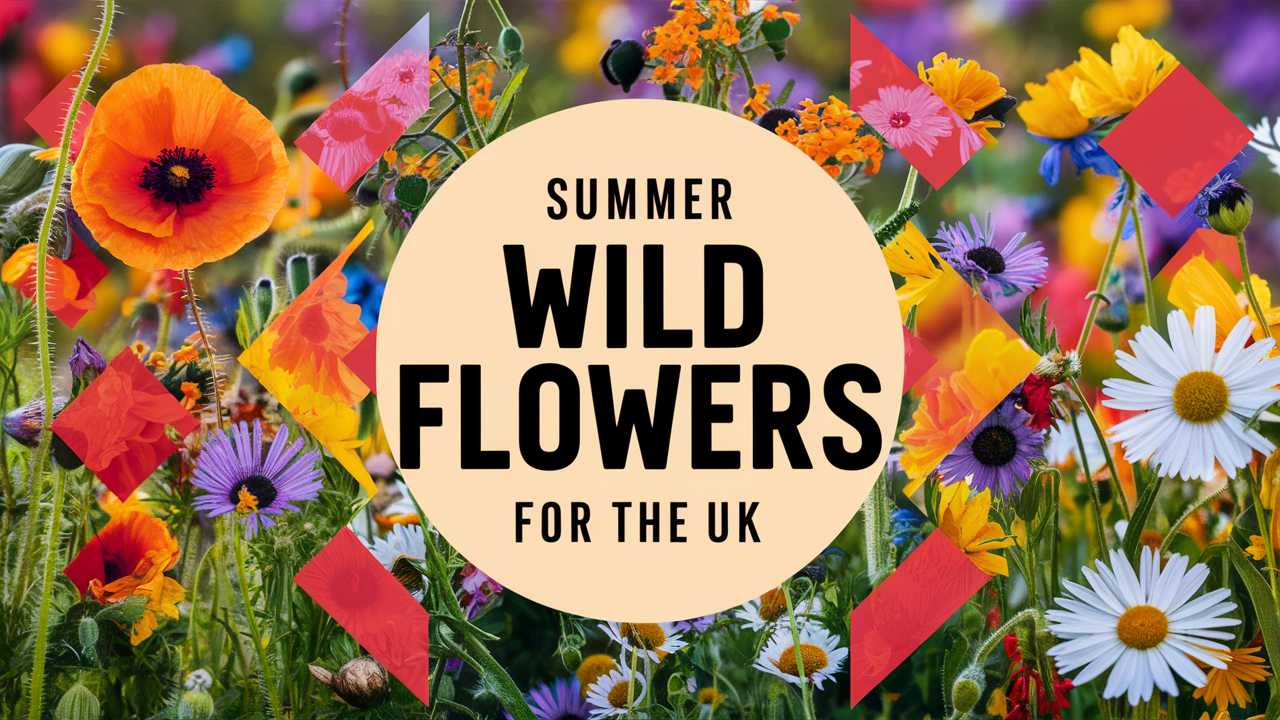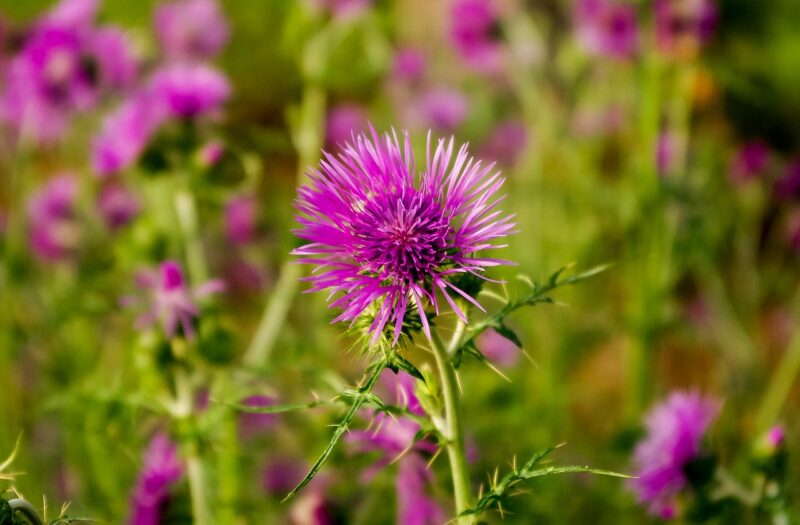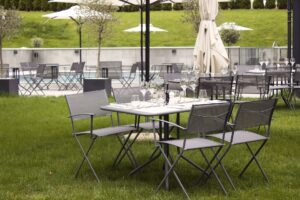In this post, we will explore remarkable wildflowers you can find blooming across the UK this summer.
Cornflower
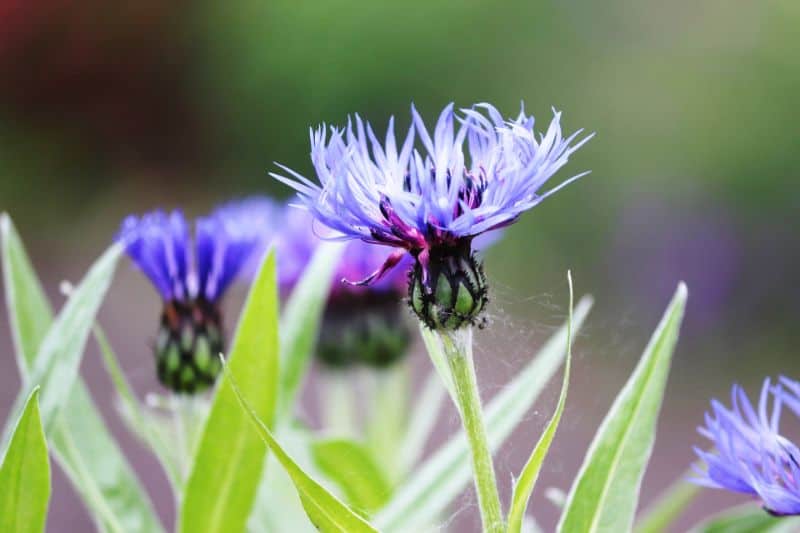
The cornflower, also known as Centaurea cyanus, is a striking blue flower that once flourished in cornfields throughout the UK. This annual plant has become a symbol of remembrance due to its historical association with soldiers in World War I. Cornflowers thrive in well-drained soils and can often be seen dancing in the breeze during the late spring and summer months. Besides their beauty, these flowers attract a variety of pollinators, making them a valuable addition to any garden.
Oxeye Daisy

Recognizable by its large, white petals and golden center, the oxeye daisy, or Leucanthemum vulgare, is a quintessential wildflower of the British countryside. Blooming from late spring through summer, this perennial flower is commonly found in meadows and along roadsides. Not only do oxeye daisies add charm to the landscape, but they also play a crucial role in supporting wildlife, offering nectar to bees, butterflies, and other insects.
Red Campion
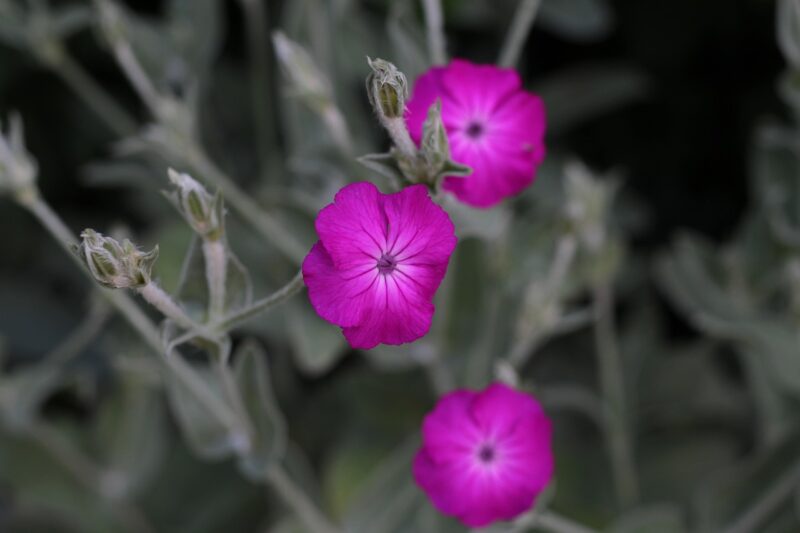
Red campion (Silene dioica) is a perennial wildflower that adds a splash of vibrant pink to woodlands and hedgerows. Blooming from late spring, its delicate blossoms can be spotted well into late summer. This flower thrives in moist, shady areas, making it a common sight in wildflower meadows and woodland edges. Besides its ornamental value, red campion is known for attracting a range of pollinators, contributing to the ecological balance of its habitat.
Lady’s Bedstraw
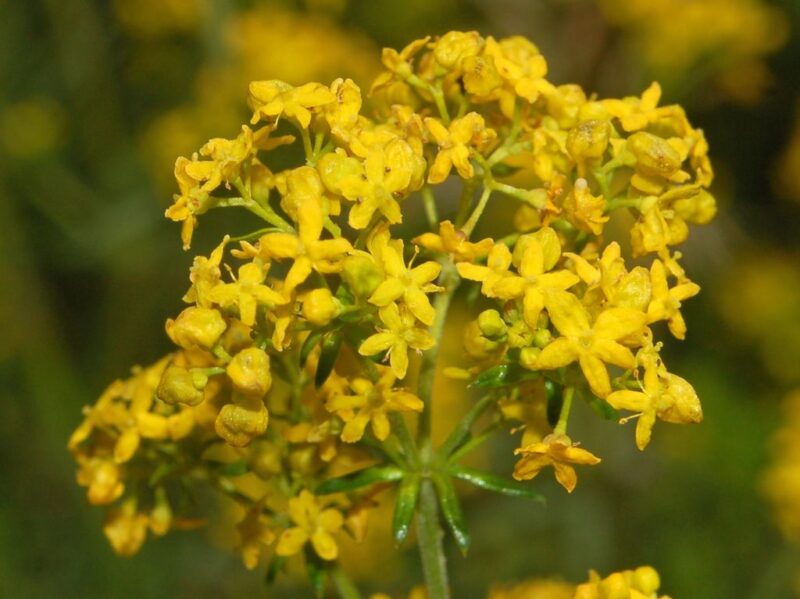
A charming herbaceous perennial, lady’s bedstraw (Galium verum) is known for its sweet scent and delicate yellow flowers. This plant blooms from late spring into summer, often gracing grassy meadows and chalky hillsides. Historically, it was used as stuffing for mattresses, hence the name. The flowers are also known to attract various pollinators, enhancing the vibrant tapestry of a summer meadow.
Common Knapweed
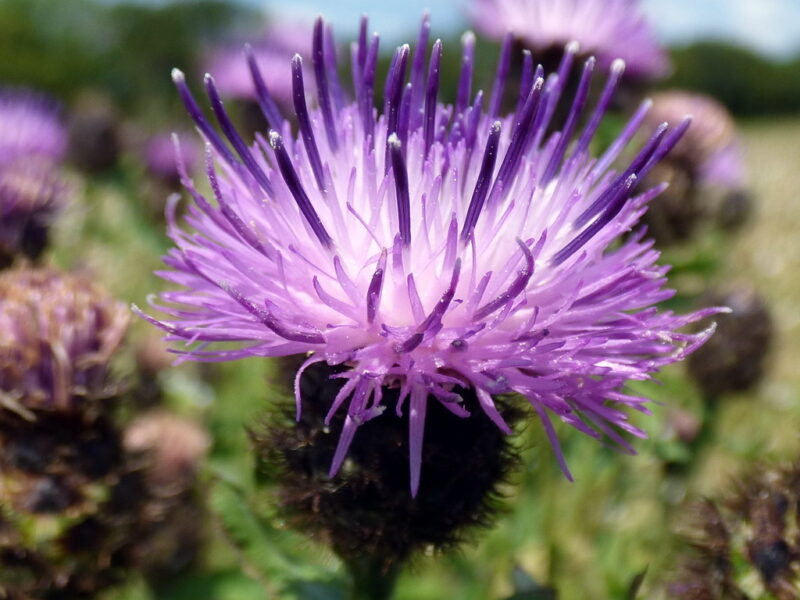
Common knapweed (Centaurea nigra) is often found in hay meadows and grasslands throughout the UK. This perennial plant produces striking purple flowers from early summer to autumn, providing a valuable food source for pollinators during its blooming season. Common knapweed plays a vital role in supporting various butterfly species, making it an essential component of the ecosystem in which it resides.
Field Scabious
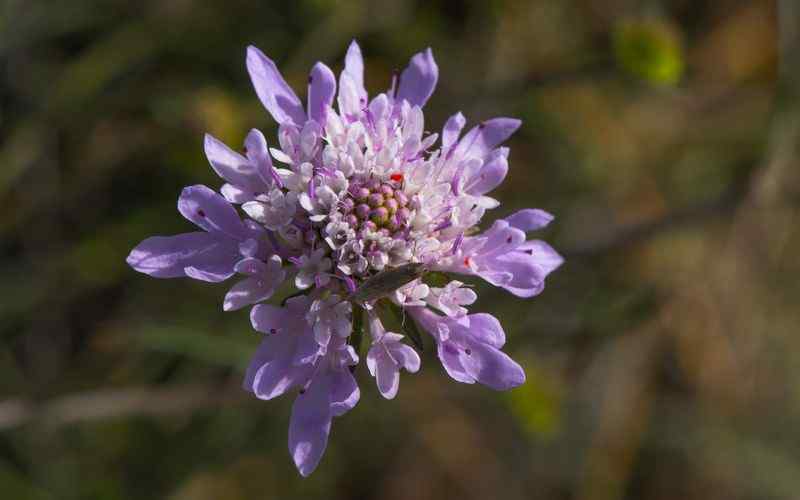
Field scabious (Knautia arvensis) is characterized by its beautiful spherical flower heads, which bloom in shades of pale blue to violet. Found commonly in meadows and open fields, this perennial flower thrives in sunny spots and well-drained soil. Its blooms attract bees, butterflies, and other insects, marking it as a favorite among pollinators during the height of summer.
Yellow Rattle
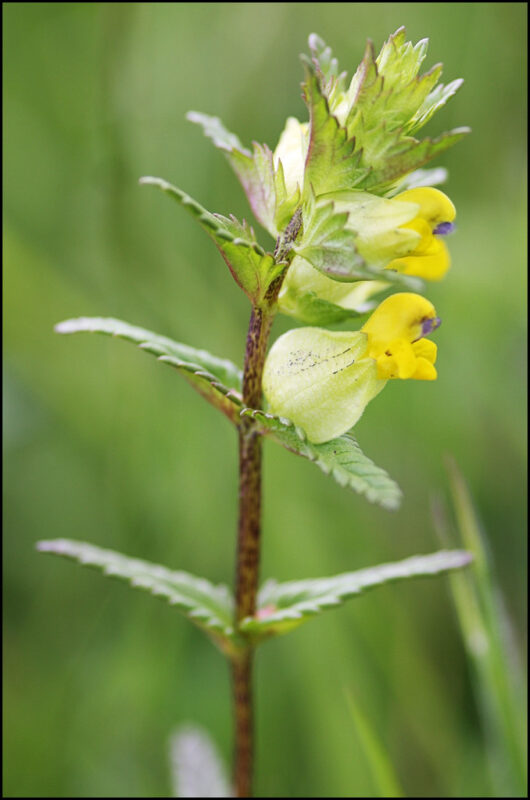
Unique not only in its appearance but also in its ecological role, yellow rattle (Rhinanthus minor) is a semi-parasitic plant that thrives in grassy habitats. With its distinctive yellow flowers and rattling seed pods, it blooms from late spring through summer. This flower helps control grass growth, allowing wildflowers to flourish alongside it. Its presence in a meadow is a good indicator of biodiversity, attracting various species of wildlife.
Lesser Celandine
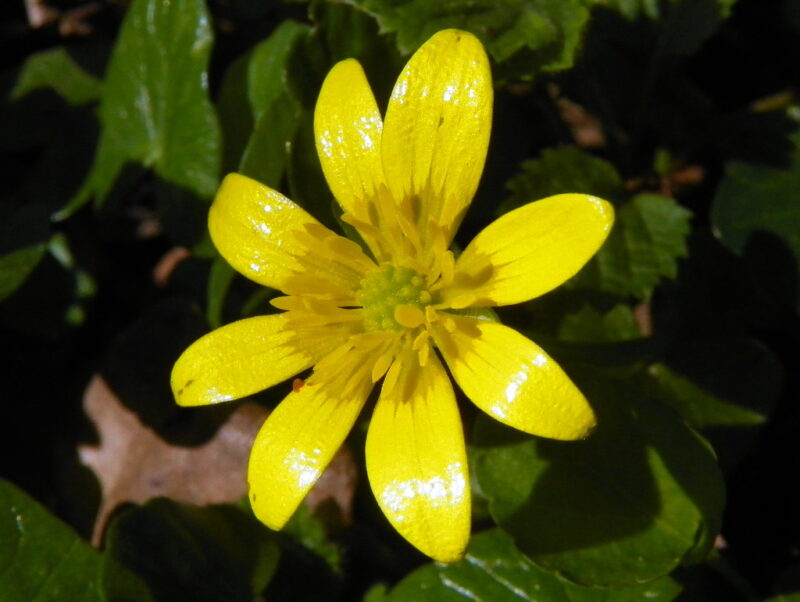
The lesser celandine (Ficaria verna) bursts into life in late winter and can still be spotted in summer, particularly in damp woodlands and grassy areas. Known for its shiny, yellow flowers, this perennial adds brightness to shady spots. The lesser celandine is a vital early source of pollen for bees and can create stunning carpets of yellow when in full bloom.
Meadow Buttercup
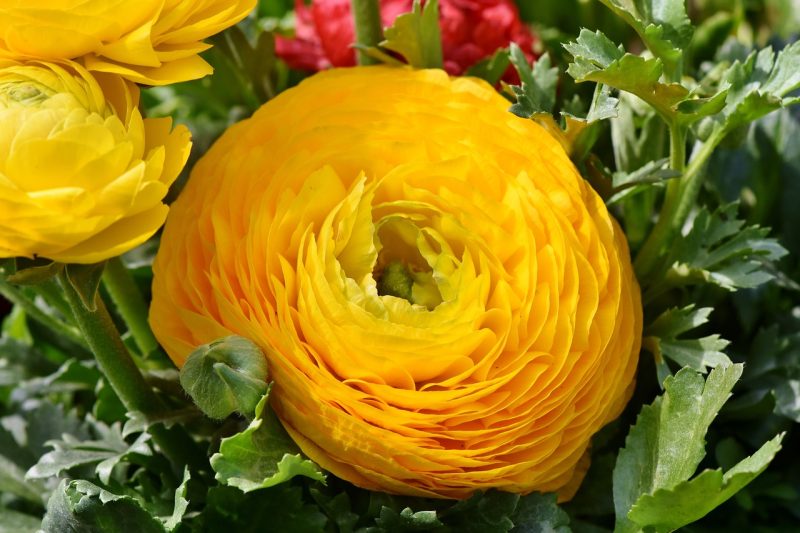
The meadow buttercup (Ranunculus acris) is a familiar sight in the UK’s meadows and fields, with its bright yellow flowers gracing the countryside from late spring into summer. These perennial flowers thrive in moist grasslands and play a significant role in supporting local wildlife, providing food for bees and other pollinators. Despite their beauty, it’s worth noting that these flowers are toxic if ingested.
Greater Stitchwort
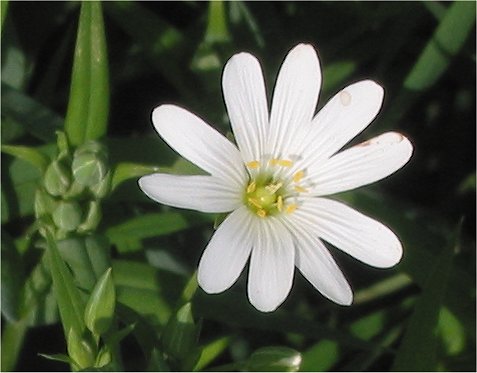
Greater stitchwort (Stellaria holostea) is a delicate, star-like flower that prefers woodlands and grassy places. Blooming from spring through summer, it boasts white petals with a unique structure that makes it stand out. This perennial plant thrives in shaded areas and is crucial for nurturing insects like bees, which are attracted to its nectar.
Common Vetch
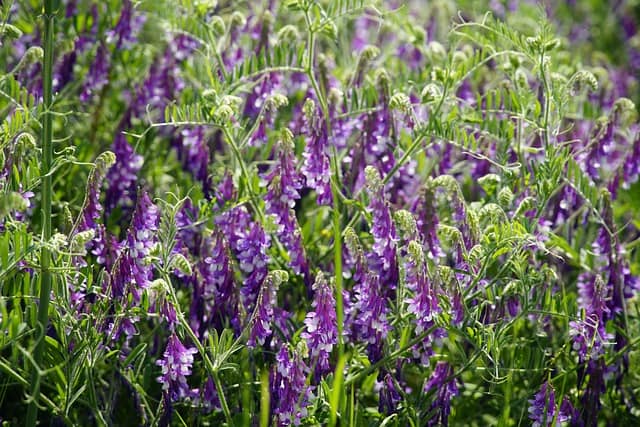
Common vetch (Vicia sativa) is a climbing annual herbaceous plant with lovely purple flowers that can be found in meadows, fields, and hedgerows. This nitrogen-fixing plant not only contributes to soil health but also attracts a plethora of pollinators. With its beautiful blooms appearing from late spring into summer, common vetch enriches the wildflower tapestry with both eco-friendly and aesthetic qualities.
Wood Anemone
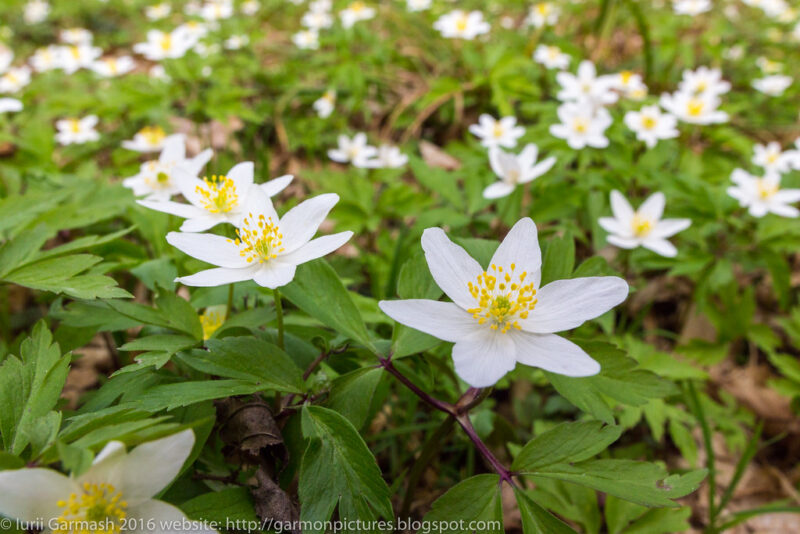
The wood anemone (Anemone nemorosa) typically blooms in woodlands during the spring, but you can always see its lush green foliage well into the summer months. Known for its white or sometimes pink flowers, this perennial plant often forms large colonies, creating stunning floral displays. It’s important to note that wood anemones are an excellent nectar source for bumblebees early in the season, ensuring a continuous food supply for pollinating insects.
Pink Campion

Pink campion (Silene latifolia) is a charming wildflower that can thrive in different habitats, commonly found in fields and roadsides. With its vibrant pink petals, it often catches the eye of passersby during the summer months. This plant is particularly attractive to bees, making it a welcome addition to any wildflower garden and helping sustain local bee populations.
Common Mallow

Common mallow (Malva sylvestris) is a perennial flower that can often be seen thriving in urban areas, roadsides, and meadows. With its pink to purple trumpet-shaped flowers, it blooms from early summer to autumn. Historically, the leaves and flowers of the common mallow have been used for culinary and medicinal purposes, highlighting its multifaceted value beyond aesthetics.
Dog Rose
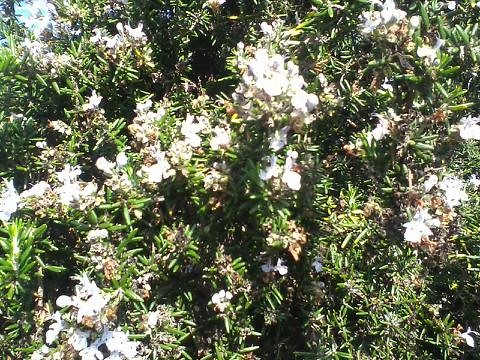
The dog rose (Rosa canina) is a climbing plant that produces fragrant pink flowers and bright red hips. Blooming in early summer, this wild rose is commonly found in hedgerows and open woodland edges. The flowers serve as a nectar source for bees and other insects, while the hips provide essential nutrients, making dog roses a vital part of the local ecology.
Yarrow
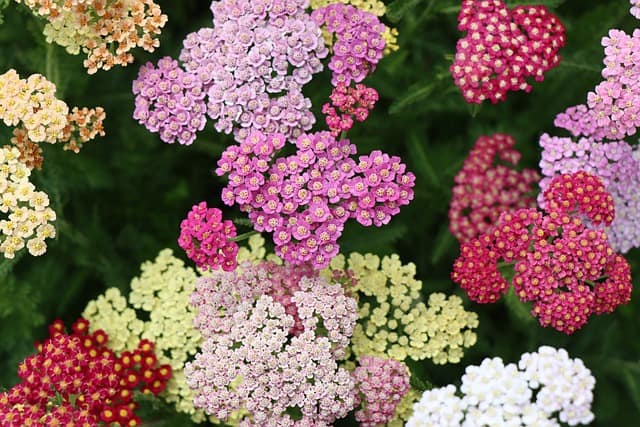
The hardy perennial yarrow (Achillea millefolium) is easily recognized by its flat-topped clusters of small, white to pale yellow flowers. It blooms from late spring into summer and can be found in meadows, grasslands, and even roadsides. Yarrow is ideal for attracting butterflies and various insect species, making it an important component of any wildflower-rich area.
Viper’s Bugloss
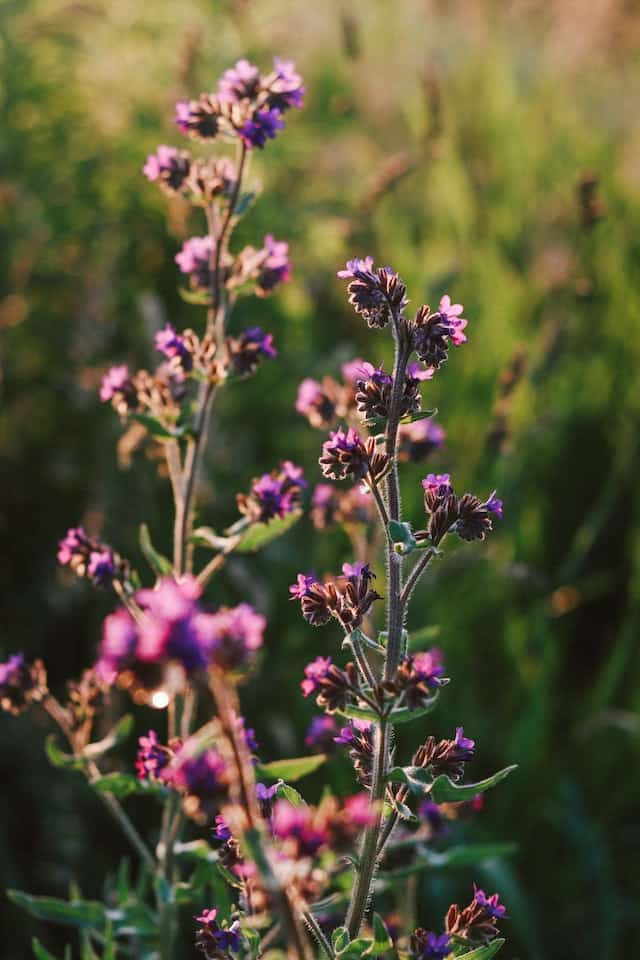
Viper’s bugloss (Echium vulgare) is a striking wildflower with tall spikes of deep blue to purple flowers that bloom from late spring to early autumn. This biennial plant thrives in dry, sandy soils and is often found on roadside verges. An excellent source of nectar for bees and butterflies, viper’s bugloss contributes to summer’s vibrant diversity while also showing resilience in less-than-ideal growing conditions.
Common Toadflax
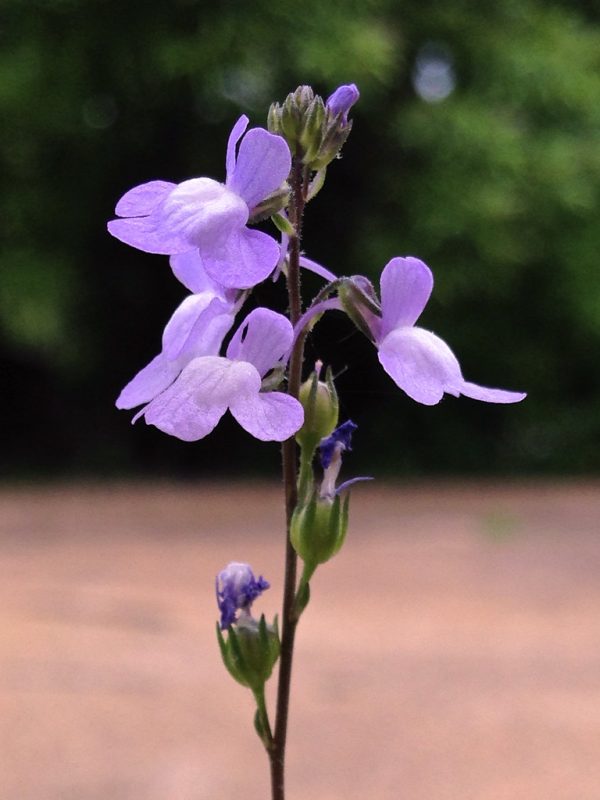
Resembling a snapdragon, common toadflax (Linaria vulgaris) is a perennial wildflower found in meadows, fields, and coastal areas. With its bright yellow and purple flowers, it blooms from late spring through summer. The plant attracts a variety of pollinators, including bumblebees, and adds a lovely splash of color to the summer landscape.
Harebell
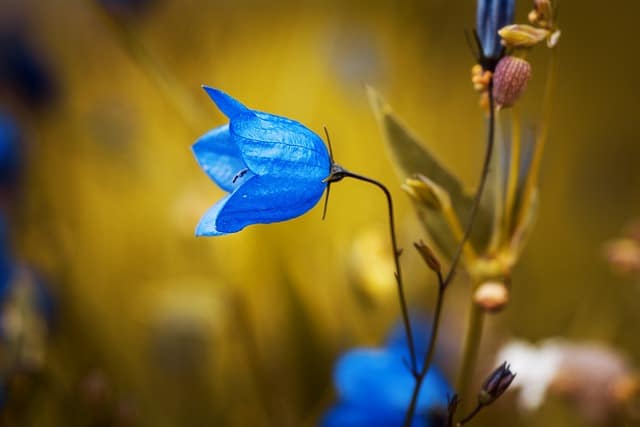
Harebell (Campanula rotundifolia) is a delicate, nodding flower found in grasslands, moorlands, and cliffs. With its enchanting blue bell-shaped blossoms, harebell blooms from late spring through summer. This perennial flower often grows in clumps and is favored by wild bees, adding to the biodiversity of the spaces it inhabits.
Common Bluebell
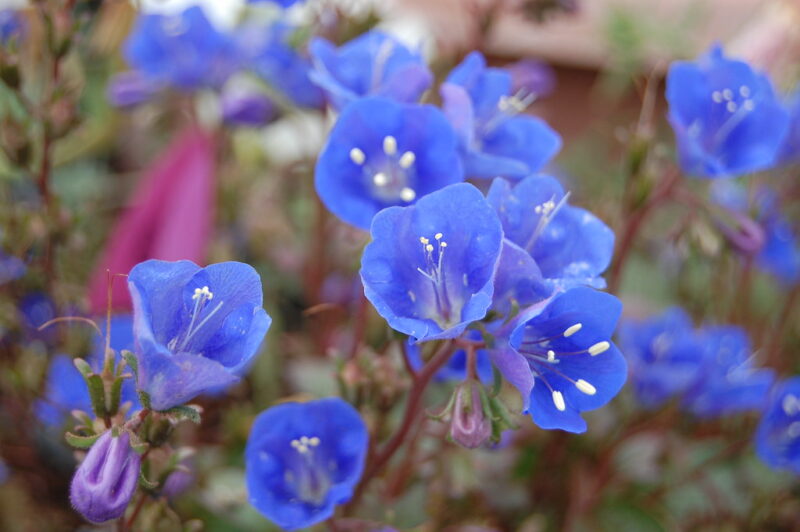
The common bluebell (Hyacinthoides non-scripta) is perhaps one of the most iconic flowers associated with spring and early summer in the UK. These enchanting blue flowers tend to carpet woodlands and hillsides. While they mainly bloom from April to June, their striking foliage remains aesthetically pleasing throughout the summer. Bluebells are not only visually stunning but also support various pollinator species.
Nodding Thistle
With its distinctive globe-shaped purple flowers, nodding thistle (Carduus nutans) is both striking and controversial. Though often considered a weed, this biennial plant is an essential food source for many species of birds and insects, particularly during the summer bloom. Nodding thistle thrives in disturbed soils and offers a contrasting beauty that often catches the attention of passersby.
Wild Pansy
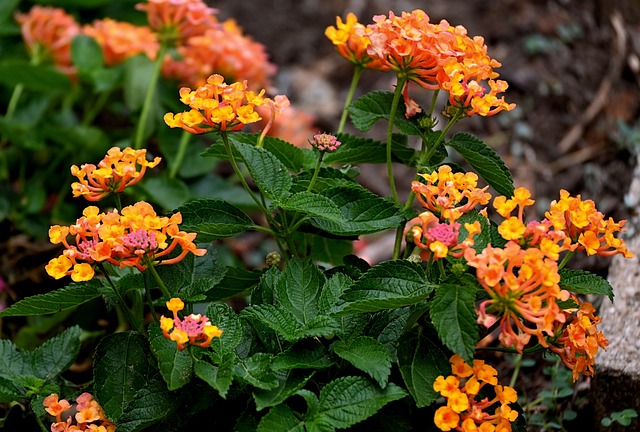
The wild pansy (Viola tricolor) is a charming flower that can be found in various habitats, from fields to roadside ditches. Known for its strikingly colorful petals, wild pansies bloom from spring into early autumn, providing nectar for bees and other pollinators. These cheerful little flowers symbolize the beauty and resilience of wild flora, thriving in diverse environments.


